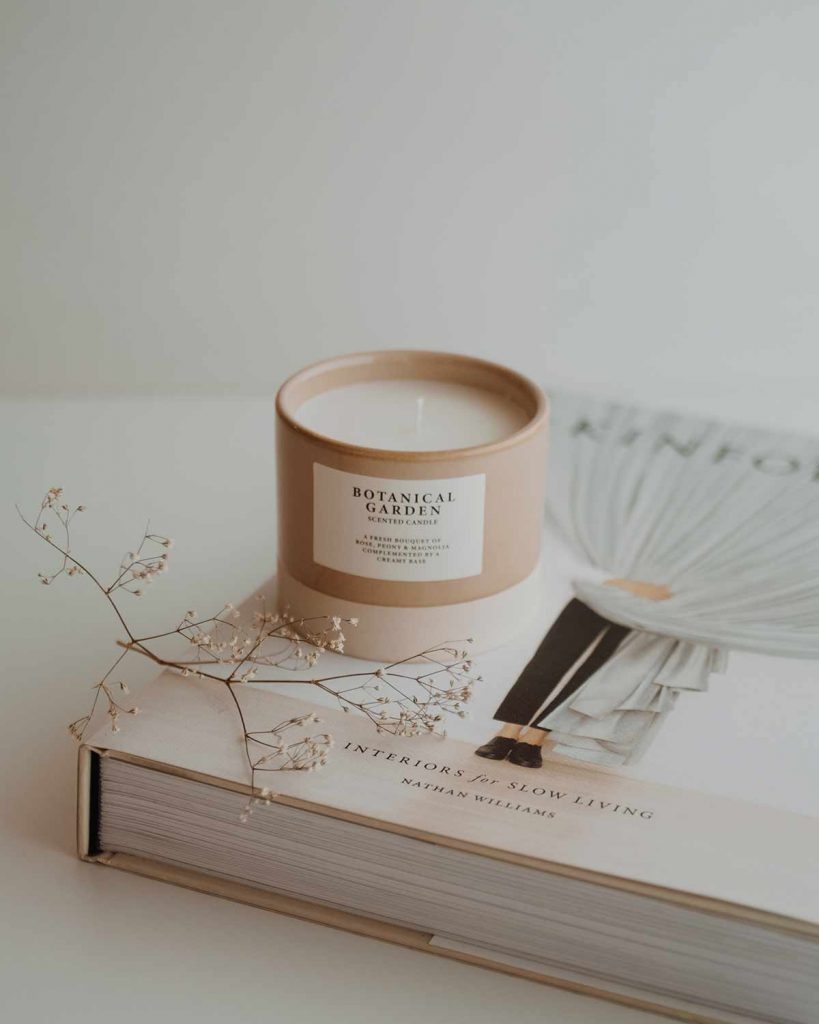Perhaps the biggest thing you can do to make your interior design more sustainable is include natural materials in your interiors. Instead of relying on crude-derived synthetics, it’s better to simply use what nature offers in its unadulterated form.
What’s more, when you work with nature, you often wind up with more beautiful results. People who commit to sustainable materials are often surprised by just how upmarket their properties look.
So which materials should you be choosing? Let’s take a look.

Cork
Cork is a material derived from European oak trees, often grown in sustainable forests. The wonderful thing about cork is that it is completely biodegradable but also lasts a long time in the home.
The best place to use cork in your home is in situations where you are trying to create depth. The richness of the material makes it suitable as a waterproof material, antimicrobial agent, and fire retardant. You can use it on the floors, walls, or even for bathroom accessories.
Bamboo
Bamboo has long been central to sustainable interior design. The reason is simple: it’s 100 percent biodegradable, like cork, but also comes from fast-growing forests that require very little use of pesticides or fertilisers. The only issue with this material is how far it needs to travel. Most of the world’s supply comes from southeast Asia.
People use bamboo in many different places in their homes because it is such a flexible and versatile material. It’s suitable for flooring, ceilings, rugs, fabrics and more.
Reclaimed Wood
Another possibility is reclaimed wood. Sustainable households often upcycle this so that it can be reused.
You’ll have to use it inventively, though. Many people, for instance, use it to construct kitchen islands, contrasting the distressed look of the wood with contemporary interior themes. You can also use it to create warmth in your living rooms.
Natural Stone
The Earth is a rocky planet with a crust made almost entirely of stones and metallic deposits. Therefore, using stones is nature-friendly. You’re not manipulating materials to the point where they become unrecognisable. Instead, you’re simply lifting materials out of the ground. Options include slate, terrazzo, quartz, limestone, and marble.
You can use natural stone in many locations in your home, particularly in the kitchen and bathroom. Stone, for instance, is a popular material for kitchen counters and backsplashes.
Recycled Glass
Recycling facilities are quite adept at recycling glass and then using it to create new products for sustainable interiors. This is good news, because extracting the raw materials to make glass from the Earth and then processing them is a resource- and energy-intensive process.
Recycled glass is extremely convincing and almost looks as good as virgin production. People use it on kitchen backsplashes, bathroom sinks, countertops and even flooring.
Rattan
Lastly, you might want to consider increasing the amount of rattan in your home. Rattan is a plant that grows extremely fast and is easy to weave into furniture and even decorations for your home. You could use it in the garden, patio or balcony because of its water-resistant properties.
Photography by Corina Chirilescu




